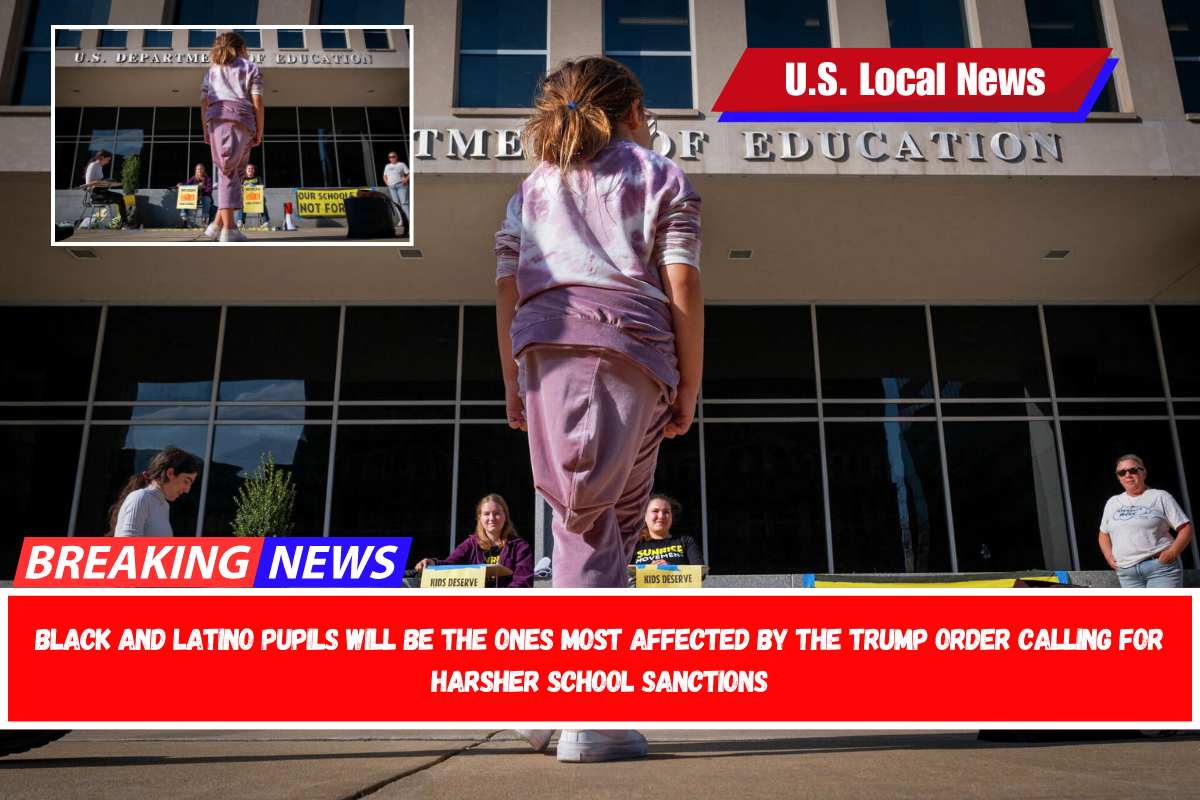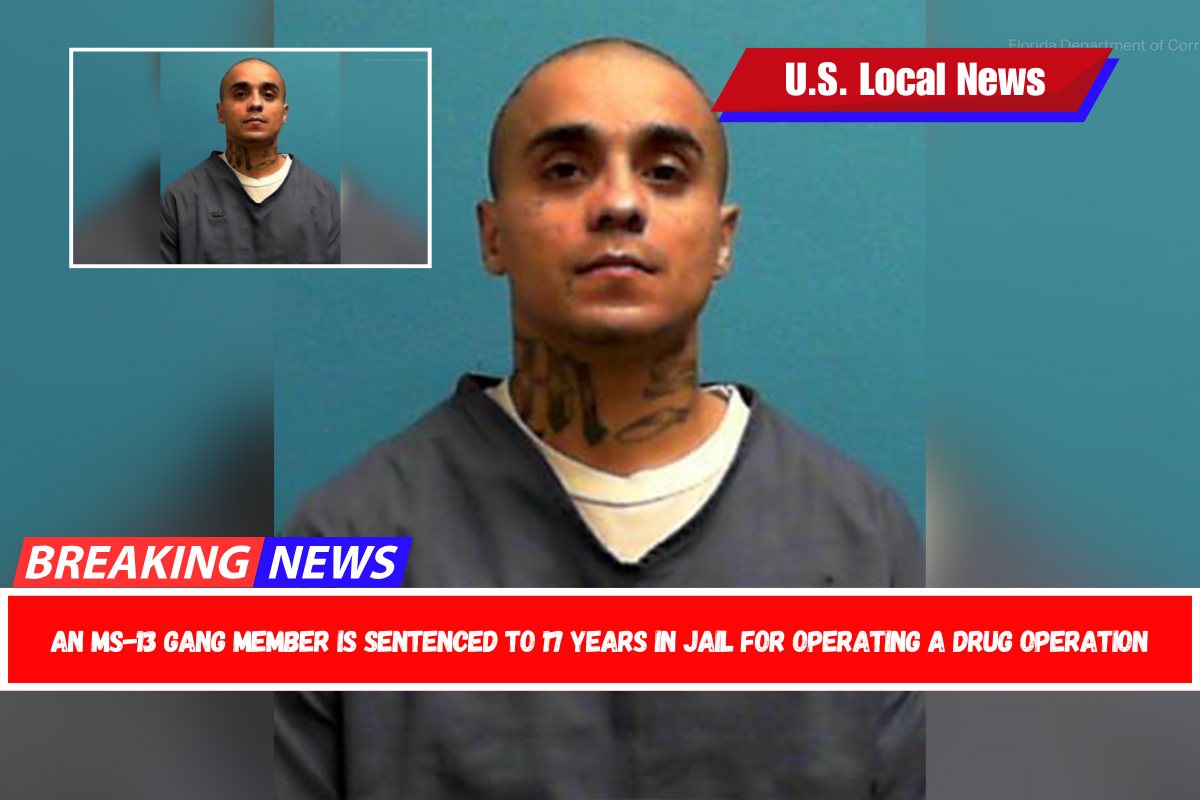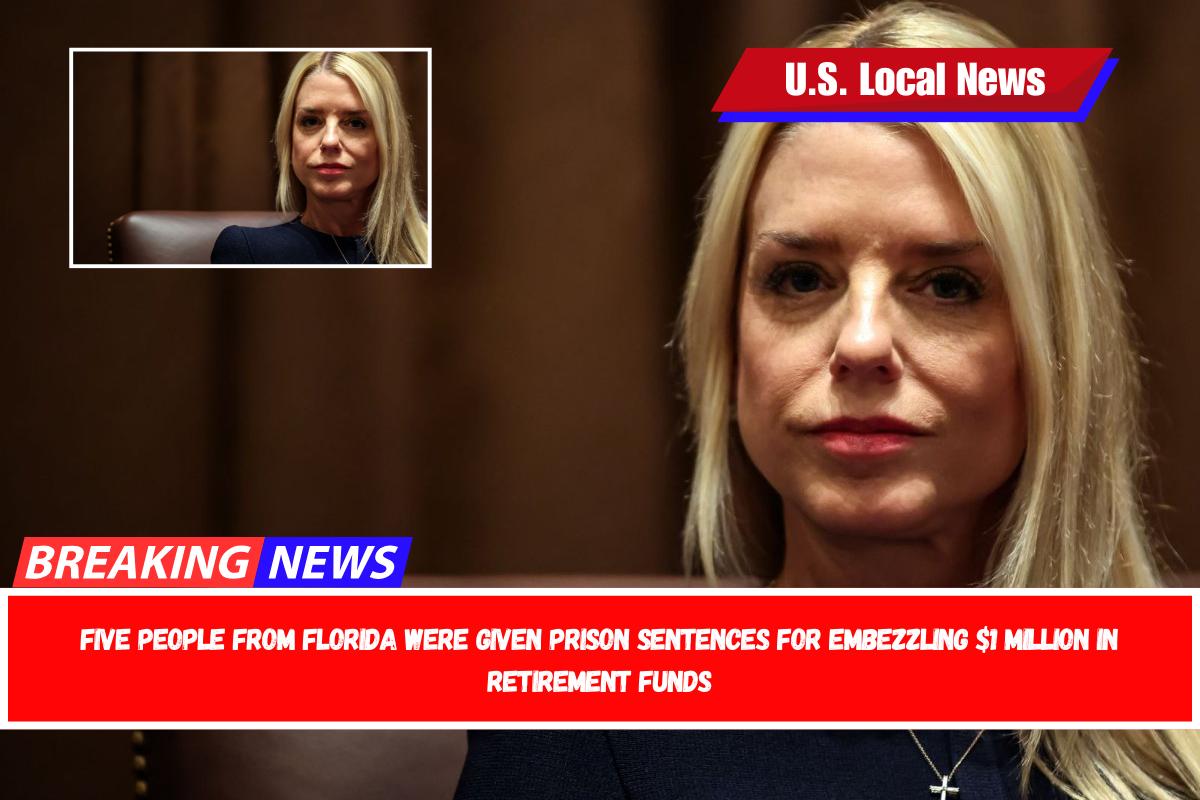As the flurry of presidential executive orders continues, some believe corporal punishment is making a comeback.
Not so fast.
Last week, President Donald Trump issued an order promoting stricter school discipline and discouraging schools from considering how discipline policies may affect students of color. The order’s message is to restore “common sense” in discipline policies, rather than corporal punishment.
On the surface, the order appears ambiguous, but it implies that practices aimed at addressing systemic issues of disciplining students of color more aggressively than others have reduced classroom safety. It also implies that schools are violating white students’ civil rights by failing to administer discipline fairly.
If school districts are found to use such practices, their federal funding may be jeopardized.
However, the order ignores the fact that racial disparities in school discipline have long been documented, with Black children, particularly boys, frequently receiving the harshest punishment. Some may read this with an eye roll or smirk, thinking, “There she goes, making it about race.”
Well, it is about race. Unfortunately, I know a lot about this because I grew up with a Black father and brother and am now raising a Black boy. Implicit bias does not begin when Black men reach adulthood. It begins when they are preschoolers. According to a 2023 Scientific American report, black boys, who make up less than 20% of public school enrollment nationwide, account for nearly half of all preschool suspensions.
Their behavior is frequently perceived as more problematic, disruptive. Some studies discovered that educators expected bad behavior from students of color, so anything they did was suspect.
To that end, in 2016, the Yale Child Study Center used eye-tracking software to track where teachers’ eyes were looking as they scanned for bad behavior in the classroom. The study found that teachers were more likely to track Black boys and, in general, appeared to expect more disruptive behavior from Black children.
A 2024 study by the University of California, Berkeley found that Black students in K-12 schools across the country were punished far more than their peers, with Black students 3.6 times more likely to receive out-of-school suspensions and 2.5 times more likely to have been suspended in-school.
Closer to home, a 2021 University of Houston College of Education study of Texas public schools revealed that 65% of Black students and nearly 52% of Hispanic students were disciplined, compared to 35% of white students. Suspension, expulsion, and higher rates of transfer to alternative schools were among the punishments meted out.
President Obama attempted to right the wrong by implementing discipline guidance, which required schools to address disparities and find alternatives to suspensions and expulsions. President Trump rescinded this effort during his first term, and President Biden reversed it. Now, Trump’s executive order would effectively reverse this process.
Teachers frequently face classroom struggles when attempting to discipline students because there are insufficient resources to meet students’ needs.
Dan Hochman, who has a doctorate in biomedical research and teaches at both Galveston College and Galveston ISD, has been in classrooms for over 20 years and believes that stricter discipline policies do little to address classroom behavior issues.
“We have homeless children. We have children who have been beaten. We have children with mental disorders or parents with mental disorders. The list goes on and on, so you can not just apply discipline uniformly to all students because each one is unique. “You have to address the root cause of the behavior,” he said.
“So, if these kids are engaging in unacceptable behavior, simply suspending them for three days is not always the solution. You must identify and address the underlying cause of their behavior. I would say 99% of the time, it is related to their home life.”
Texas politicians in Austin appear to be on the same page as Trump on this issue.
This month, the Texas House gave preliminary approval to legislation that would make it easier for schools to suspend students, particularly those who are homeless or in early primary grades.
House Bill 6 would allow schools to discipline all students through out-of-school suspensions. They would be required to stay off school property if they cause “repeated and significant” classroom disruption or endanger the health and safety of other students.
The bill also allows more homeless students and children in pre-kindergarten through second grade to be suspended.
Renuka Rege, senior staff attorney for Texas Appleseed, a nonpartisan nonprofit focused on fair and equitable policies, stated that the political back and forth between presidential administrations on federal school-discipline policies is nothing new. However, research and data consistently demonstrate that suspensions are not the solution.
“These practices are harmful because kids are missing school and, without getting to the root causes of their behavior, they fall behind, leading to dropping out of school,” according to her.
Trump’s executive order directs the Secretary of Education to issue a guidance policy within 30 days.
While there are not many teeth in it yet, we know a lot can change in 30 days.















